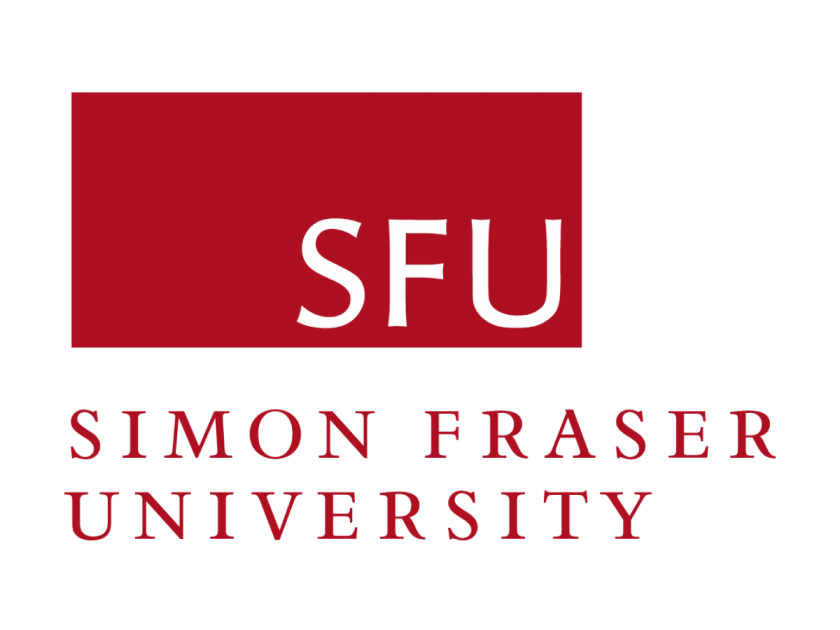The Analysis of Implicatures in Vietnamese Local Brand Slogans
DOI:
https://doi.org/10.54855/ictep.24510Keywords:
implicature, implied meaning, Vietnamese slogansAbstract
These days, it is evident that advertisements have become increasingly creative and accompanied by slogans that are meaningful as well as attractive. Therefore, the paper focuses on analyzing implicatures in the Vietnamese local brands’ slogans, particularly those incorporating the terms “Việt” or “Việt Nam,” with the purpose of finding out what type of implicature of each slogan as well as implied meanings and shared points between them. Based on the framework of the pragmatic identity approach of Erisha (2016), there were three main stages, starting with collecting slogans, analyzing them, and presenting the results. After researching, the author found five slogans that include the words “Việt” or Việt Nam.” The study reveals that the slogans all express several of the same ideas, including top-notch products, care for customers, and deep-rooted respect for Vietnamese values and traditions.
References
Afrougheh, S., & Lieaghat, A. (2017). The Adaption of Grice’s Maxims in Wole Soyinka’s Discourse in The Strong Breed. Khazar Journal of Humanities and Social Sciences. 20(4). 48-50. https://doi.org/10.5782/2223-2621.2017.20.4.47
Ashari, H. (2009). A Pragmatics Analysis of the Slogans in TV Commercial Advertisement Products. Research Proposal. Surakarta: Muhammadiyah University of Surakarta.
Bhasin, H. (2023). 11 Objectives of Advertising - What are Advertising Objectives? Retrieved on August 15th, from https://www.marketing91.com/objectives-of-advertising/.
Davis, W. A., & Davis, W. A. (2016). Implicature. Stanford Encyclopedia of Philosophy. Retrieved 8 September 2023, from https://plato.stanford.edu/eNtRIeS/implicature/.
Ekoyono, R.D. (2019). Analysis Of Figurative Language Used in English Slogan of Commercial Beverage Products. Research Project. Tegal: Pancasakti University Tegal.
Erisha, N. (2016). Implicature Found In The Slogans Of Life Insurance Advertisements. Vivid: Journal of Language and Literature, 4(2), 1-9.
Esiri, J. M., Ajasa, A. O., Okidu, O., & Edomi, O. (2017). Observation research: A methodological discourse in communication research. Research on Humanities and Social Sciences, 7(20), 84-89.
Gilliland, N. (2018). What makes an effective brand slogan?. Econsultancy. Retrieved 8 September 2023, from https://econsultancy.com/what-makes-an-effective-brand-slogan/.
Grice, H. P. (1975). Logic and conversation. In Speech acts (pp. 41-58). Brill.
Grice, H. P. (1978). Further notes on logic and conversation. In Pragmatics (pp. 113-127). Brill.
Grundy, P. (2019). Doing pragmatics. Routledge.
Hansen, M. & Strudsholm, E. (2008). The semantics of particles: advantages of a contrastive and panchronic approach: a study of the polysemy of French déjà and Italian già. Linguistics, 46(3), 471-505. https://doi.org/10.1515/LING.2008.016.
Herman, H., Purba, R., Sitohang, D. R., Van Thao, N., & Trang, P. T. Q. (2022). How to Attract Viewers through Advertisement Slogans? A Case on Figurative in Semantic Study. Universal Journal of Social Sciences and Humanities, 1-5.
Hoàng, N. (2023). Khám phá chiều cao người Việt cổ. Retrieved 12 September 2023, from https://lamsaodecao.com/kham-pha-chieu-cao-nguoi-viet-co/
Huang, Y. (2014). Pragmatics. Oxford University Press, USA. ISO 690.
Klima, B. (2008). Understanding advertising. Wien: Universitat Wien.
Levinson, S. C. (1983). Pragmatics. Cambridge University Press.
Macaryus, S., Anoegrajekti, N., & Asrumi, A. (2020). Slogan Lingkungan: Representasi Kearifan Dan Harapan (Environmental Slogan: A Representation of Wisdom and Expectation). SAWERIGADING, 26(2), 223-237.
Niwa, A., Okazaki, N., Wakimoto, K., Nishiguchi, K., & Mouri, M. (2021). Construction of a Corpus of Rhetorical Devices in Slogans and Structural Analysis of Antitheses. Transactions on Asian and Low-Resource Language Information Processing, 20(6), 1-26.
Pham, N. T. L. (2021). American English and Vietnamese Use in Public Signs: A Pragmatic Cultural Comparison and Translation. International Journal of TESOL & Education, 1(3), 14-36. DOI: https://i-jte.org/index.php/journal/article/view/79.
Pham, N. T. L. (2024). A Comparative Study of Cultural Categories in American English and Vietnamese Shop Signs. International Journal of TESOL & Education, 4(2), 1-30. DOI: https://doi.org/10.54855/ijte.24421.
Suyitno, I. (2005). Proposisi Bentuk Kosong dalam Wacana Slogan: Kajian Tindak Tutur Wacana Slogan. Gadjah Mada University.
Thomas, J. (2013). Meaning In Interaction: An Introduction to Pragmatics. Routledge.
Tran, L. H. N. V. T. (2021). An Analysis of Negative Verbs’ Equivalents in a Vietnamese Translation of ‘The Call of the Wild’. International Journal of TESOL & Education, 2(1), 105-116. DOI: https://doi.org/10.54855/ijte.22217.
Verboven, H. J. (2012). Branding in the chemical industry: Mission slogan and image campaign. Ethics or pragmatics?. Economia Aziendale Online, (1), 195-209.
Wijayatiningsih, T. D. (2018). Introducing Pragmatics Analysis: The Analysis of Generalized and Particularized Implicature Found in Time Magazine Advertisement Slogans. Jurnal Universitas Muhammadiyah Semarang, 5(2), 81–99. DOI: https://doi.org/https://doi.org/10.26714/lensa.5.2.2015.81-99.
Xiao, C. (2020). An aspectual analysis of Grice’s maxim of relation: compared with the principle of relevance. Philosophy Study, 10(2), 159-165.
Yule, G. (1996). Pragmatics. Oxford University Press.
Downloads
Published
How to Cite
Issue
Section
License
Copyright (c) 2024 Ha Yen Nhi, Dinh Thao Thuy Duong

This work is licensed under a Creative Commons Attribution 4.0 International License.
Authors retain copyright and grant the picte the right of first publication with the work simultaneously licensed under a Creative Commons Attribution 4.0 International License that allows others to share the work with an acknowledgment of the work's authorship and initial publication in this journal.
Authors are able to enter into separate, additional contractual arrangements for the non-exclusive distribution of the proceedings' published version of the work (e.g., post it to an institutional repository, in a journal, or publish it in a book), with an acknowledgment of its initial publication in this proceedings.
Authors are permitted and encouraged to post their work online (e.g., in institutional repositories or on their website) prior to and during the submission process.










